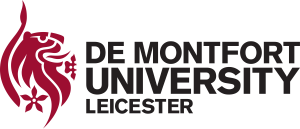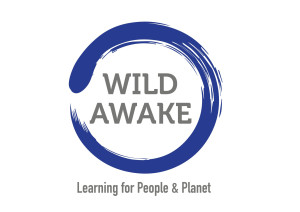BioLearn Secondary Schools Challenge - bringing nature inside
The BioLearn Challenge invites schools to rethink how their school and community can become more sustainable. It uses nature as the inspiration to create solutions to human design challenges. For example, buildings need to conserve heat to reduce energy use, yet nature has ways of staying warm without an external energy source; can we mimic nature's solutions? The Challenge has:
- Real-world application for science and design.
- Strong links with STEM and D&T curriculum.
- Supports competences in working scientifically.
- Supports school sustainability work.
- Links to STEM careers and Science Capital.
Teams or individuals are invited to identify a design challenge in their school/community, explore how nature solves similar problems, and then use their insight from nature to create a solution; a process called biomimicry.
The Challenge provides opportunity to put biology, physics, chemistry and design into a real-world context. A full set of teaching resources, guidance notes and references are provided (see below).
The BioLearn Challenge is suitable for delivering face-to-face, digitally or blended learning, or as part of a STEM Club activity.



The Design Brief
We invite teams or individual students to respond to the following design brief:
“Create a nature-inspired solution which improves the sustainability of your school or part of your community. Your solution needs to clearly address an identified area within your school/community which needs improving.”
Your chosen solution could focus on one or a range or issues, for example:
- Physical buildings and the way they are designed.
- How energy is generated or light enters different rooms.
- How people (or resources) can move around the school more efficiently.
- Water use and storage.
- Eliminating/reducing toxins in products/the environment.
- Reducing greenhouse gas emissions.
- Increasing the well-being of users.
There are a wide range of examples to inspire and guide you. See some example here.
How to take part
To take part, each individual or team of 4-6 students must submit their design solution as:
- A video, pdf document, PowerPoint or poster. Whichever format you choose, ensure you are addressing the Judging Criteria.
- Each entry must also provide a completed evaluation wheel showing how your design measures up against the nine biomimicry principles (you do not need to meet all nine).
What are we looking for?
We are seeking to understand how you have used biomimicry to create your solution. Biomimicry has nine principles which will help you in your task, these are explained here.
A successful solution will most likely:
- Clearly identify of the issue and why you selected it.
- Consider a range of options to address the selected issue.
- Use appropriate biomimicry principles in identifying solution(s).
- Apply biomimicry principles in working up the most appropriate solution.
- Reflect on how biomimicry has aided the design process.
- Make clear your biological inspiration and how it inspired your solution.
To support you we have created a number of tools to help integrate biomimicry thinking into your work (here).
Support for Teachers
We suggest dedicating three sessions to the challenge, although you are welcome to spend more time. The three stage process outlined below is designed to guide you to support your students; downloadable teaching activities and suggestions are available for each stage.
On the Supporting Resources page, you will also find specific recommendations for using the Challenge within Biology, Chemistry and Physics.
Stage One
The first stage is to define the problem or opportunity you want your design to address. It helps to set the goal you want your design to deliver and any factors you will need to consider.
Critical in this stage is to consider the context your design will operate in and the functions (purpose) it needs to deliver.
Stage Two
In the second stage, we explore how nature could provide solutions to our design challenge. We ask how nature provides similar functions which we can learn from.
A lot of research has already been carried out which you can use, and it is also helpful to observe nature first-hand to get more inspiration.
Stage Three
In the final stage, we combine insights from nature with our design challenge. How can biomimicry make our solution better and more sustainable?
Think about how to present your design solution so that it demonstrates how biomimicry has helped you. Complete the biomimicry evaluation wheel to reflect on and improve your ideas.
Download activities, student worksheets and the evaluation wheel.